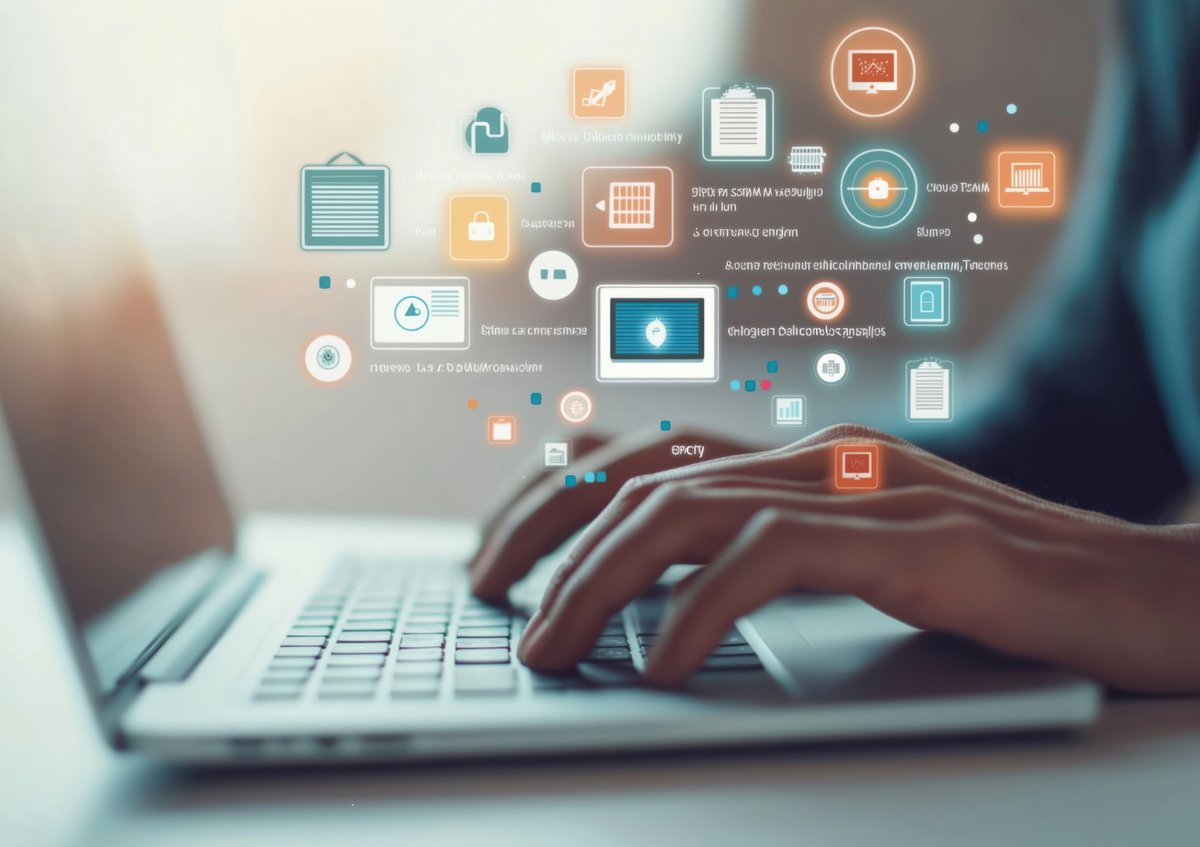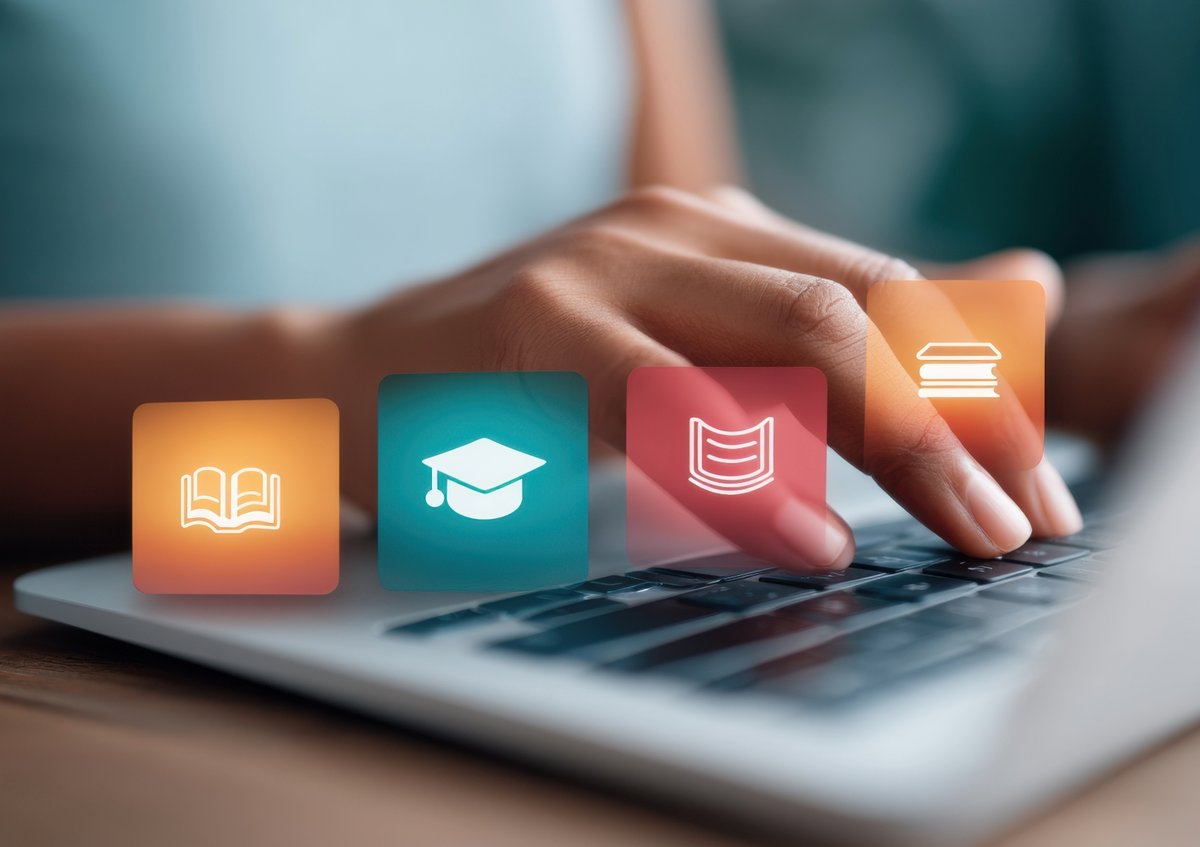Personalization engages learners by recognizing and addressing their needs. So, what do you need to personalize learning?
The case for personalized learning
Personalization means tailoring training to meet the requirements of individual learners. It’s the antithesis of the mass, one-size-fits-all approach. Instead, it puts learners at the center and is designed around what they need to perform in their jobs.
Personalized learning represents a better return on your investment in training. It optimizes your resources by shortening learning times and fast-tracking people to perform. It focuses training on where it’ll have the most impact.
Making learning personal has been shown to enhance performance and boost morale and well-being. It helps make training more engaging and relevant as learners can demand learning on a need-to-know basis and employers can push the right learning based on employees’ experience and performance.
Personalization is a more democratic learning strategy. It recognizes the independence of learners giving them quick and easy access to resources and information online that they can pull when they need them.
Using digital technology makes learning more adaptable and agile and helps facilitate personalization.
15 tips for personalizing learning
- Deploy an LMS: A learning management system helps you curate digital content and manage its delivery. It makes learning resources available 24/7 accessible anywhere you have a connection and captures the data you need to implement personalization.
- Analyze learners’ needs: Use the granular data captured in learning management systems to track learner progress and performance. Learning analytics provides the evidence used to tailor your training to individual learners.
- Use assessment: Digital learning has assessment tools like quizzes that can be used to assess learners’ progress and understanding. Assessments can be used to evaluate the extent of prior learning so that learners are rewarded for what they already know and not made to sit through unnecessary training.
- Create learning pathways: With the data you collect, you can build and recommend learning paths matched to individuals’ needs and goals. You can also let learners choose their own learning pathways by allowing them to pull content. Pathways speed up the time it takes to reach proficiency.
- Improve access to learning resources: Use an LMS to make learning resources available across platforms and devices anytime, anywhere. Modern learners expect to access information as and when they need it.
- Offer a variety of digital content: Personalization relies on information being provided in a variety of formats from video, animations, podcasts, infographics, posts, or tweets. This micro-content is easy to digest and answers the need for time-sensitive and context-specific information.
- Make content relevant: Microlearning allows you to develop really targeted content that addresses specific questions. Its relevance will be tested by usage and adoption. Based on feedback it can easily be refined to make it more relevant and meaningful.
- Encourage collaboration: We learn from listening to and observing others. Encourage learners to work with their colleagues to share their knowledge and expertise and facilitate one-to-one mentoring programs.
- Recommend new content: Use analytics tools to implement automated recommendations and notifications from your LMS. These will suggest content that learners might need based on their individual profiles, performance, and experience.
- Listen to learners: Provide opportunities for learners to give feedback on the relevance and experience of the training they received. Combine that information with the data collected in your analytics to update learning paths and improve your content.
- Create your own content: Encourage learners to share their knowledge by generating their own learning content in short videos or audio pieces. These can then be uploaded to the LMS and immediately shared across the organization.
- Reward individual performance: Milestones can be placed on individual pathways charting the completion of training modules and attainment of learning goals. Use digital badges and certifications to recognize and reward achievement and include them in the individuals’ performance records.
- Offer re-skilling: The key to personalization is the prospect of continued development. Opportunities to re-skill or up-skill help retain, develop, and attract talent.
- Create a feedback loop: Use the data you capture to identify gaps in training. Regularly review, adapt, and add new content to fill those gaps.
- Develop a learning culture: Personalization needs to be sustainable. Make learning part of everyone’s performance indicators and create a culture that rewards and prioritizes personal development.
Personalization gives learning a greater impact by providing people with the right skills for the right tasks. With personalized learning, people see the benefits of training and are more motivated to engage with it. When employees are invested in their own development it raises performance and morale improving productivity and making the organization a better place to work.
To find out how we can help your organizations make your learning more personalized get in touch now.


